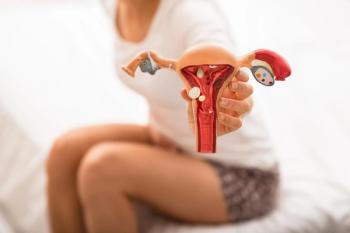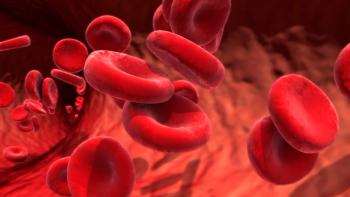
A better way to quantify breast Ca risk in older women
BMD alone and in combination with the Gail score helps to quantify the risk for breast cancer in postmenopausal women.
Bone mineral density (BMD) alone and in combination with the Gail score helps to quantify the risk for breast cancer in postmenopausal women, according to the findings of a prospective study involving almost 10,000 participants of the Women's Health Initiative.
After an average of 8.5 years of follow-up, researchers calculated hazard ratios for incident breast cancer of 1.35 (95% confidence interval [CI], 1.05–1.73) for high Gail score and 1.25 (95% CI, 1.11–1.40) for each unit of increase in total hip BMD T-score. Women with both BMD and Gail score above the median had a sharp increase in risk for breast cancer, suggesting an interaction between the two factors.
The findings seemed uninfluenced by body mass index, race/ethnicity, baseline hormone use, or physical activity. The researchers concluded that further investigation is needed to determine whether incorporating BMD and the Gail score with other risk factors, such as breast density, could further identify women at greatest risk for the disease.
Newsletter
Get the latest clinical updates, case studies, and expert commentary in obstetric and gynecologic care. Sign up now to stay informed.










